In the realm of mental health, trauma is often classified into two categories: Big T trauma and little t trauma.
Big T traumas are events that most people would recognize as traumatic. These include life-threatening situations, physical violence, serious car accidents, natural disasters, or violent crimes.
A traumatic event like any of those visibly shakes the foundation of one’s safety and day-to-day life.
I experienced multiple back-to-back Big T Traumas. They were stark, life-altering moments that reshaped my understanding of vulnerability and life.
Conversely, little t trauma might not involve violence or life-threatening events, but it can still cause significant distress and disrupt emotional functioning.
For instance, the ongoing pain of being bullied at school as a kid and later at work as an adult for my appearance subtly eroded my confidence and mental health.
These experiences, while not as immediately shocking as Big T traumas, accumulated quietly and persistently. They demanded a resilience that was different, yet equally challenging to muster.
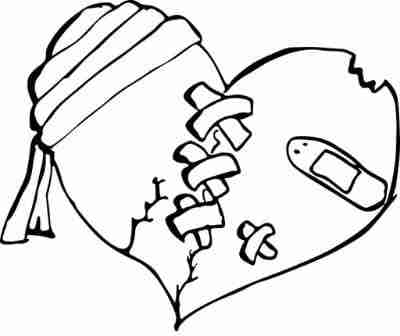
The Impact of Traumatic Experiences: A Personal Tale
As someone with an ACE (Adverse Childhood Experiences) score of 9, I’ve encountered more than my fair share of Big T traumas. Things like emotional and physical abandonment by my biological parents, repeated exposure to domestic violence, and emotional and physical abuse.
I remember how my parents fought over me in court, with my dad saying that my mom could have me cause I was already molded like her. However, he wanted my sister because she was only a baby.
Then, there were the years of neglect I suffered through when I lived with my mom. Four-year-olds should not be making coffee to pry their mother out of bed after she did drugs and danced at the strip club all night.
I spent many therapy sessions talking about the pets she killed, either actively or through neglect. I will never forget what my bloody rabbit looked like in that trash bag.
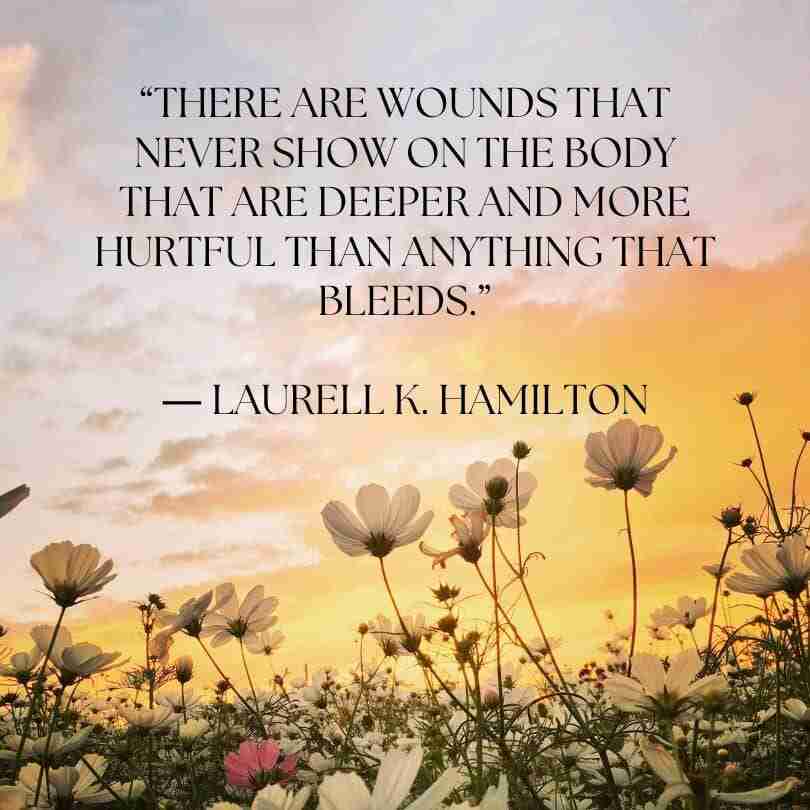
Then, I Moved From Childhood Trauma to Young Adult Trauma
Years later, I was reunited with my mom and made some terrible choices. One of those led to a date rape sexual assault scenario.
At 18, my biological father and I reconnected. I showed up on his doorstep after one phone call to meet him and his new family. I couldn’t even recall what he looked like.
Did I mention that happened after my mom, who entered witness protection when I was in high school, died in a car accident six months after our reunion?
These events left a series of traumatic memories that have overwhelmed my mental and emotional landscape.
However, it was the accumulation of seemingly smaller, less conspicuous incidents—my little t traumas. They subtly and persistently eroded my self-esteem and emotional stability.
This includes relentless bullying in school, where I was teased for my appearance and struggled with shame, panic attacks, and irritability.
These experiences, though not life-threatening, have profoundly impacted my ability to trust others and feel safe in interpersonal relationships.
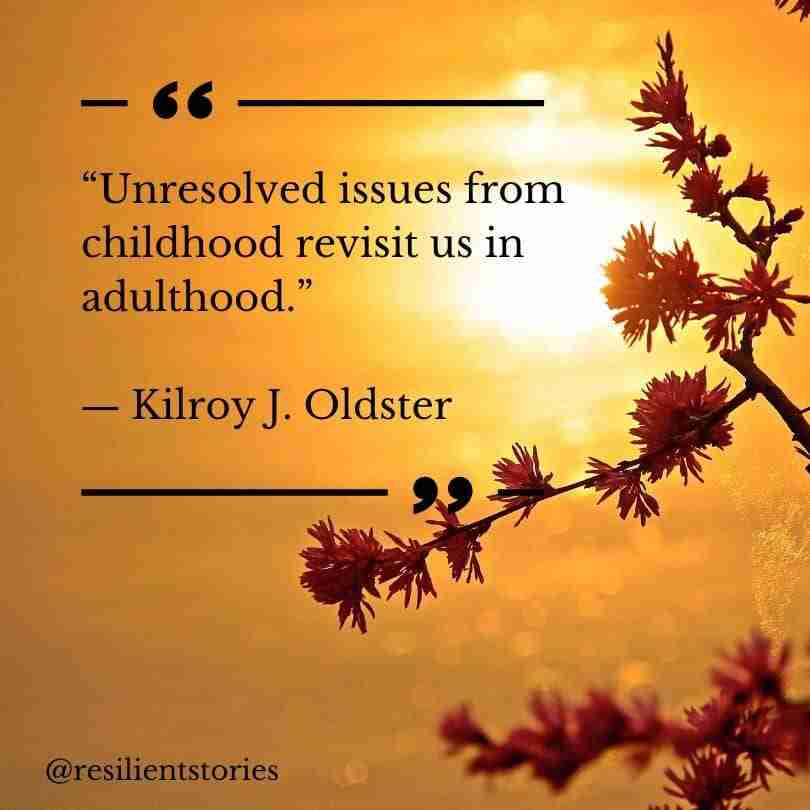
The Sneaky Persistence of Little t Trauma
Little t trauma can be deceptive; it doesn’t always scream its presence. Instead, it might whisper through our nervous system, muscles tense with unresolved stress, or manifest as a binge eating disorder that emerges to cope with deep-seated emotional pain.
These symptoms might not immediately be recognized as traumatic stress and trauma responses because they often resemble general stress or anxiety.
Litte t traumas also manifest as thing like shame, panic attacks, irritability, and depression.
For many, these experiences lead to substance abuse, eating disorders, or mood disorders as trauma survivors attempt to manage their overwhelming feelings and trauma-related thoughts.
The insidious nature of little t traumas lies in their commonality and subtlety, making them easy to overlook but profoundly impactful over time.
The effects of little t trauma often manifest in what might be dismissed as everyday stress or anxiety. For example, relational trauma occurs when there is a consistent lack of physical or emotional safety in relationships, leading to difficulties in forming healthy attachments.
This type of trauma can severely disrupt one’s ability to trust, impacting relationships and even professional interactions.
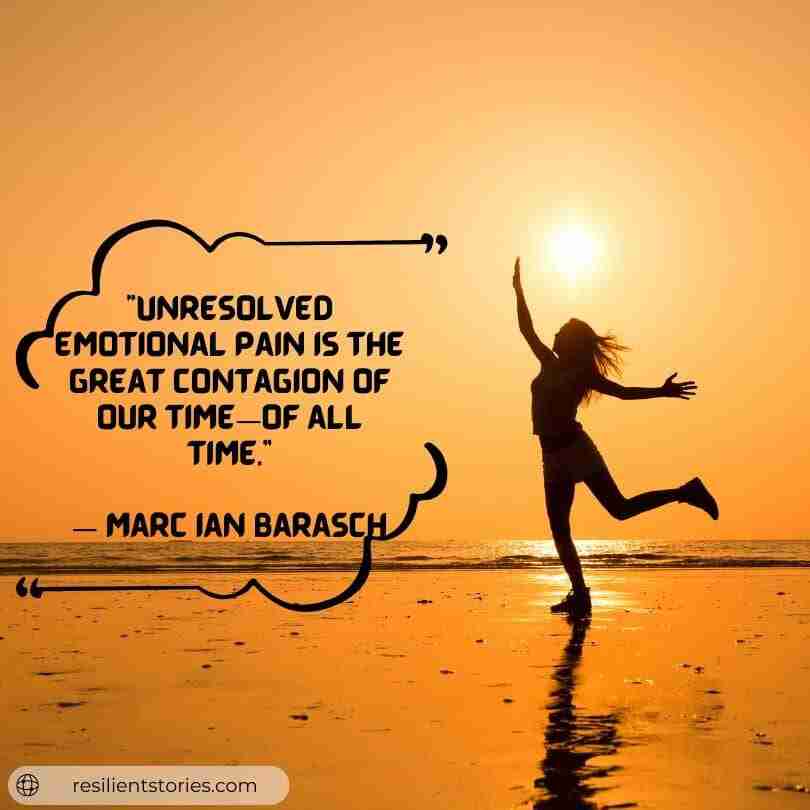
Understanding Big T and little t trauma
Unlike acute traumas, which are typically single, life-threatening events, little t traumas can accumulate. Then, they erode your mental health without the suddenness that might trigger a more immediate intervention.
Consistent emotional neglect or the chronic presence of a hypercritical caregiver can embed negative self-perceptions and anxiety deep within an individual’s psyche.
This type of trauma may not seem as dire as surviving a natural disaster. Yet, its long-term effects on mental health and quality of life can be just as significant.
It can lead to a state where one’s emotional response systems are perpetually on edge—where even minor triggers can provoke disproportionate reactions such as panic attacks, depression, or irrational irritability.
These responses are not merely emotional overreactions. They are manifestations of a traumatized nervous system that is conditioned to expect danger.
Understanding and acknowledging the impacts of little t trauma is crucial. It requires a nuanced approach to mental health that can identify and address these less obvious but deeply affecting traumas.
Mental health practitioners often use trauma-informed therapies that focus on recognizing the signs of both big T and little t traumas.
Through informed care and supportive relationships, individuals can begin to heal from the accumulated effects of little t trauma, paving the way for improved well-being. These people can live a more stable, fulfilling life.
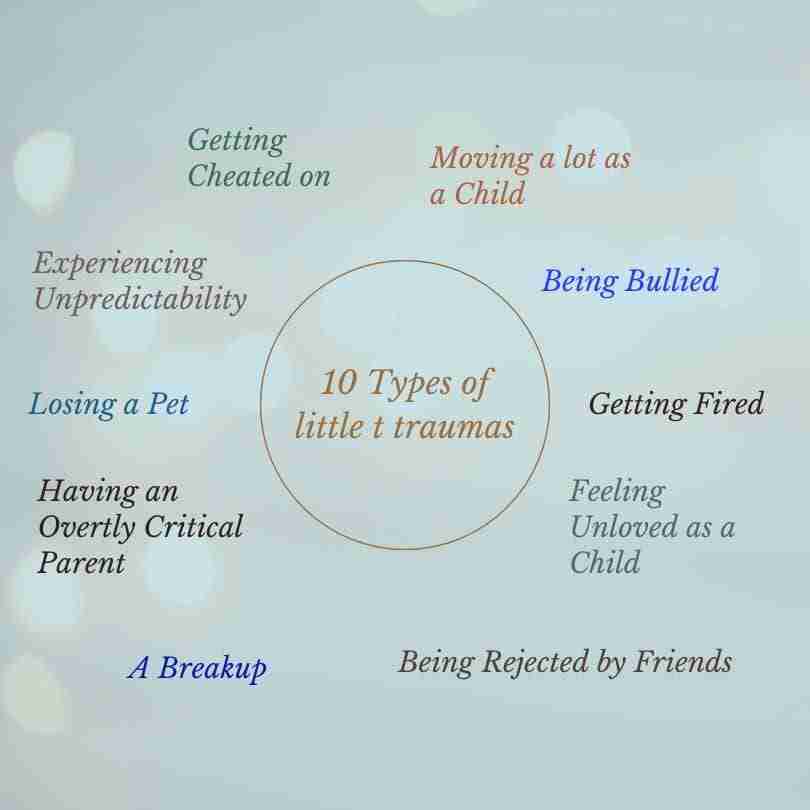
Trauma Responses and the Brain
One of the most insidious aspects of little t trauma is its ability to influence the brain’s mechanisms that deal with traumatic memories.
When trauma occurs, the brain measures threats and often locks away these memories. Which can later manifest as flashbacks, confusion, or an acute trauma response during non-threatening situations.
This physiological response is not just limited to big T trauma survivors. Those dealing with unresolved trauma symptoms from small t traumas can also experience similar symptoms.
Therapies and Treatment Options
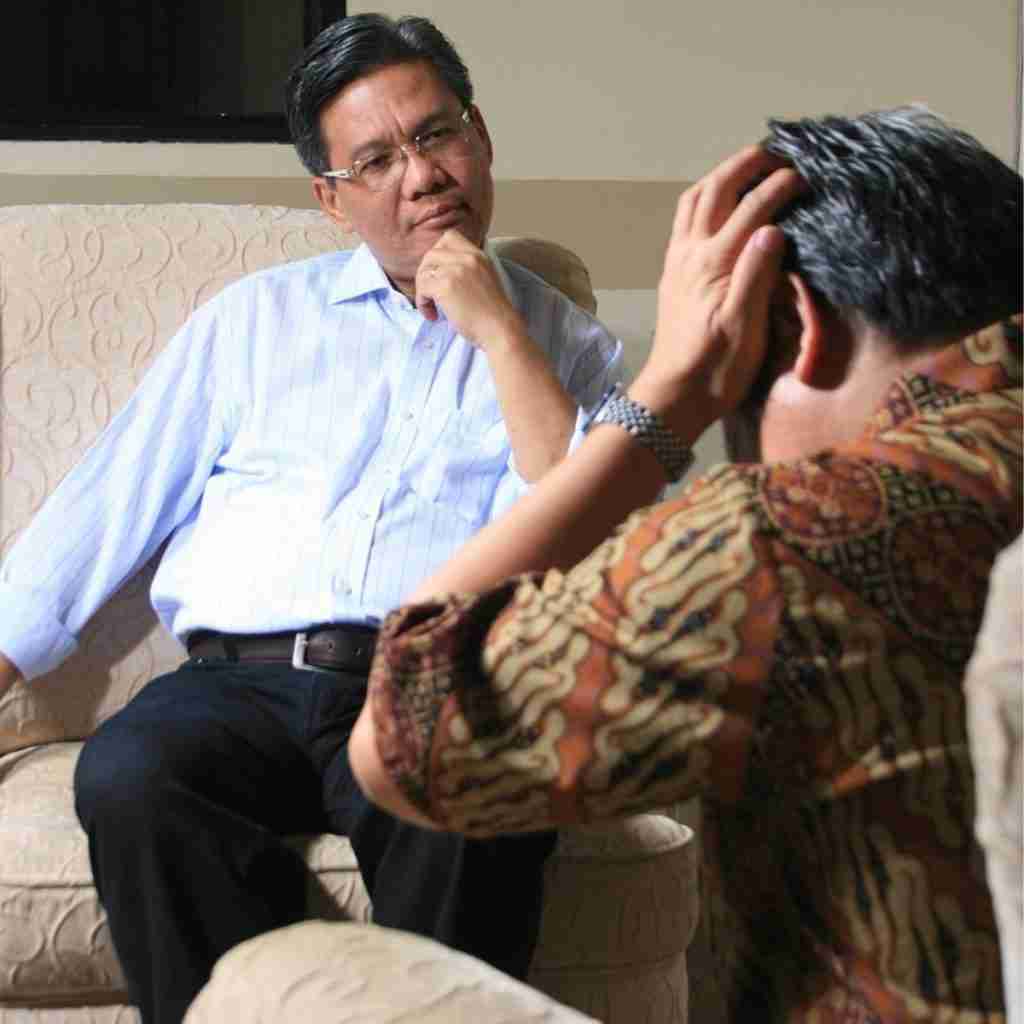
Cognitive processing therapy is one approach that helps trauma survivors reframe trauma-related thoughts and promote healing. It addresses both big T and little t traumas by recognizing their impacts are equally valid and damaging.
This therapy emphasizes understanding how traumatic events have reshaped one’s thoughts and feelings. Then, it works to reframe these in a healthier context.
The brain’s response to trauma is complex and involves various systems, particularly the limbic system, which processes emotions and the fight-or-flight response.
During a traumatic event, the amygdala, which plays a key role in processing emotions, becomes hyperactive. This can cause the brain to become overly reactive to stimuli that it perceives as threats. Even if they are not actually threatening.
This often leads to a heightened state of anxiety and hypervigilance, common symptoms among those with trauma.
The prefrontal cortex, which regulates reasoning and decision-making, can become impaired. This affects an individual’s ability to regulate emotions and can make it challenging to make rational decisions, particularly in stressful situations.
Little t trauma Has a Big Impact
Over time, repeated activation of these trauma responses can reinforce negative patterns in the brain. These negative patterns make it harder to break the cycle of trauma.
Treatment methods like EMDR (Eye Movement Desensitization and Reprocessing) also help by allowing the brain to process these traumatic memories safely. EMDR facilitates the brain’s natural healing processes by simulating the psychological state that one may enter during REM sleep.
This helps the brain release traumatic memories into its normal processing pathways, thus reducing their troubling effects.
Understanding these brain dynamics is crucial for therapists and patients alike. It provides a clear rationale for why specific therapies are effective and how they can be optimized to support recovery.
By targeting the brain’s altered pathways, trauma-informed care can significantly enhance an individual’s ability to recover and maintain better mental health.
Overcoming Trauma with Resilience

My journey through both forms of trauma has taught me the importance of resilience and its impact on trauma symptoms.
It’s possible to rewire our responses to trauma through various methods, such as trauma-informed therapy. Individuals can better understand their trauma responses and learn healthier ways to cope.
Reflecting on my personal struggles with little t trauma, I realized they were subtly holding me back. Particularly my fears about how others perceived my appearance.
This led to a pivotal decision to change my mindset and actively pursue challenging situations, like being filmed and speaking to audiences. While I am confident in public speaking, the fear of being judged based on my looks was a significant hurdle.
Embracing these challenges has been both empowering and transformative, helping me to dismantle the deep-seated fears that little t trauma had instilled.
Techniques to help calm the body’s systems, like mindfulness and controlled respiratory function, can speed recovery and aid in regaining a sense of control.
Building awareness around both depression and other mood disorders associated with childhood trauma can empower survivors to seek help and support. Acknowledging the trauma—both big and small—is the first step towards healing.
Advocacy and Support
As a trauma survivor and advocate, I’ve dedicated my life to sharing stories of resilience and recovery. By acknowledging both the very large T trauma and small t traumatic experiences in our lives, we can begin to heal and help others in their journeys.
It’s essential for mental health professionals and society at large to recognize that, while not all traumas look the same, their impacts on our emotional and mental health are significant.
This recognition must be coupled with actionable support systems that extend beyond individual therapy. Community-based support groups, educational workshops, and online resources can play crucial roles in normalizing discussions about both Big T and Little t traumas.

These platforms not only provide survivors with tools to understand and articulate their experiences. They also foster a supportive network that can reduce the isolation often felt by those impacted by trauma.
Integrating trauma-informed practices into schools, workplaces, and social services can ensure that individuals facing the effects of trauma receive empathetic and informed support.
Advocacy also involves pushing for policy changes that prioritize mental health services and protect the rights of trauma survivors. By promoting awareness and understanding, we can create a more inclusive society that actively supports healing and resilience at every level.
We Can Thrive Despite Traumatic Events of All Kinds
Whether it’s dealing with the aftermath of a violent crime or overcoming the chronic distress of physical or emotional abandonment, understanding the full spectrum of trauma is crucial. Even moving away from friends at a young age can have a lasting impact.
We must strive to support all trauma survivors, regardless of whether their experiences are classified as Big T or Little t. By doing so, we affirm the complex fabric of human resilience and the potential for healing that resides within each of us.
In sharing my story, I hope to illuminate the paths toward healing and resilience that are possible, even in the face of the darkest moments.
The journey of recovery is not just about surviving. It’s about thriving and reclaiming the narrative of our lives, one day at a time.
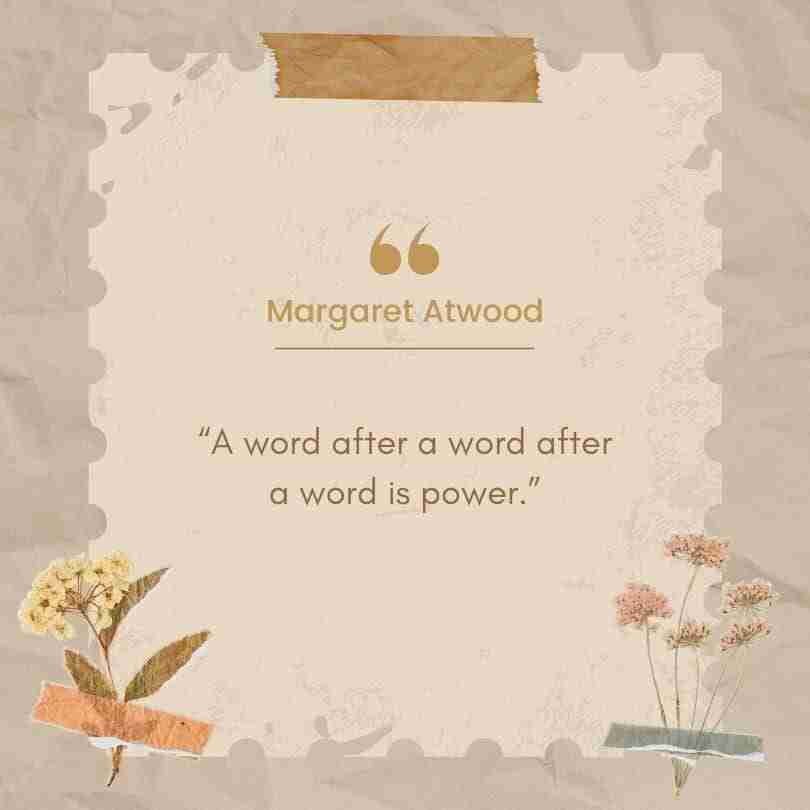
This journey often requires us to confront our deepest fears and vulnerabilities, but it also invites us to discover strengths we never knew we had. A healing journey will allow you to recognize and meet your own emotional needs.
Each step forward in healing is a testament to our endurance and capacity to transform adversity into growth. It is much better than moving through life waiting for something to come along and trigger symptoms of your complex trauma.
By embracing our own stories of trauma and recovery, we not only heal ourselves. We gain the ability to empower others to begin their own journeys of healing.
Together, we can shift from merely enduring to actively thriving, rewriting the stories of our lives with hope and determination.
Go to our YouTube channel to catch Danielle’s presentation about this at the Billings Area Mental Health Professionals Networking Group. There are some gems you won’t want to miss!





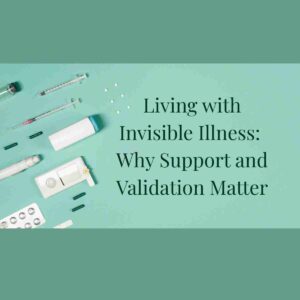























Interesting article, there is so much going on in our mind that we aren’t aware of and understanding it better is essential for healing.
Thanks for leaving a comment! And the mind sure is a complex thing.
Thank you for sharing your experience with traumas and how both big T and little t trauma have a significant impact on our mental and emotional well-being. Growing up I was told I had nothing to be sad/mad/hurt about because I was fortunate comparatively to others who experienced big T trauma, and it made me feel like my experiences of emotional and mental abuse we’re not worthy of pain. I was expected to suck it up and get over it without any validation for how I was feeling. It took me many years to learn what you’ve addressed in your article and I think the more we talk about these real impacts the more we can make it worthy for others to feel what they have with their experiences. Keep sharing, it makes a difference in someone’s life.
Thanks so much for your kind words! I am glad you found the story helpful. If you want to share some of your own story about those experiences I know Lia would love to chat or you can write something yourself! Send us an email at mystory@resilientstories.hostpro.org!
Such a well written article on a lesser known form of trauma that might get less attention, but is no less damaging. Powerful insights here.
Thank you for reading and leaving a comment. It is important to really dig deep and figure out what is holding us back. It is not always what we think it is!